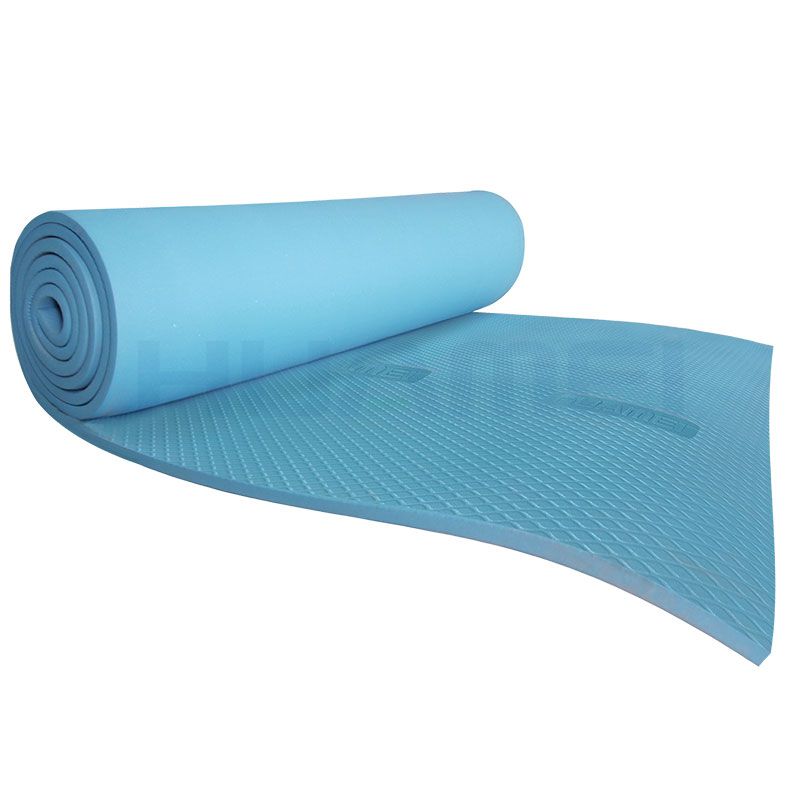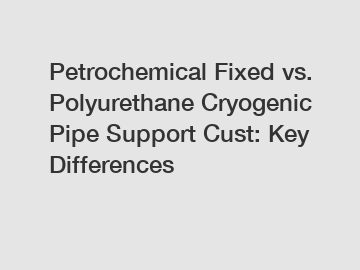What materials are used for low temperature insulation?
Cryogenic insulation is a critical component in industries where materials must withstand extremely cold temperatures. From aerospace to medical applications, the demand for effective low-temperature insulation materials continues to grow. This article provides an in-depth look at materials commonly used for low-temperature insulation, their properties, applications, and the prospects for the development of insulation technology.
The extreme cold, often below -150°C (-238°F), creates unique challenges. Materials subjected to such temperatures may become brittle, lose mechanical strength, or undergo phase changes. Effective insulation is essential to maintain required temperature levels and prevent heat transfer.
Various materials are used to insulate systems operating in cryogenic environments:
Foam Insulation: Polyurethane, polyisocyanurate, and polystyrene foams have excellent insulating properties and are often used in low-temperature applications.
Perlite insulation material: Perlite is a naturally formed volcanic glass that is lightweight and has low thermal conductivity, making it suitable for low-temperature insulation.

All You Need to Know About Construction Road Mats
How to Choose Aluminum Coil for Theaters?
Aluminum Coil in Theaters: Benefits & Best Practices Explained
4 Tips to Select an Aluminum Coil for Exterior Cladding
How Aluminum Coils Revolutionize Modern Architectural Design?
Key Considerations to Remember When Choosing OEM Aluminum Coil Color Coated
PVDF Coated Aluminum Coil vs. Standard Aluminum: Key Differences
Aerogels: Known for their ultra-low density and excellent thermal insulation properties, aerogels are increasingly used in cryogenic applications.
Fiberglass insulation: Fiberglass is a versatile material with good heat resistance and mechanical strength, making it suitable for low-temperature insulation.
Vacuum Insulated Panels (VIP) and Multi-Layer Insulated Panels (MLI): These technologies provide high levels of thermal resistance by minimizing heat transfer through a vacuum or multiple layers of reflective materials.
Performance and characteristics of low-temperature insulation materials
Key properties of low-temperature insulation materials include thermal conductivity, mechanical strength, density, compatibility with low temperatures, environmental sustainability and cost-effectiveness. Balancing these properties is critical to achieving optimal insulation performance.
Low-temperature insulation plays a vital role in maintaining temperature stability and preventing heat transfer in extremely cold environments. By embracing innovation and addressing key challenges, the future of cryogenic insulation promises improved efficiency and performance in extreme environments.
Spring Hanger Support ODM: Boost Your Efficiency
10 Facts You Should Know about Custom Length Aluminum Coil
How to Choose Spring Hanger Pipe Support Solutions
3105 Painted Aluminum Coil vs. Traditional Aluminum: Key Differences Explained
Benefits of Electroplated Aluminum Coil for Industry
How can acrylic coated aluminum coils enhance durability and aesthetics?
Transform Your Space: Premium Wood Grain Color Aluminum Coil
None
Related Articles











Comments